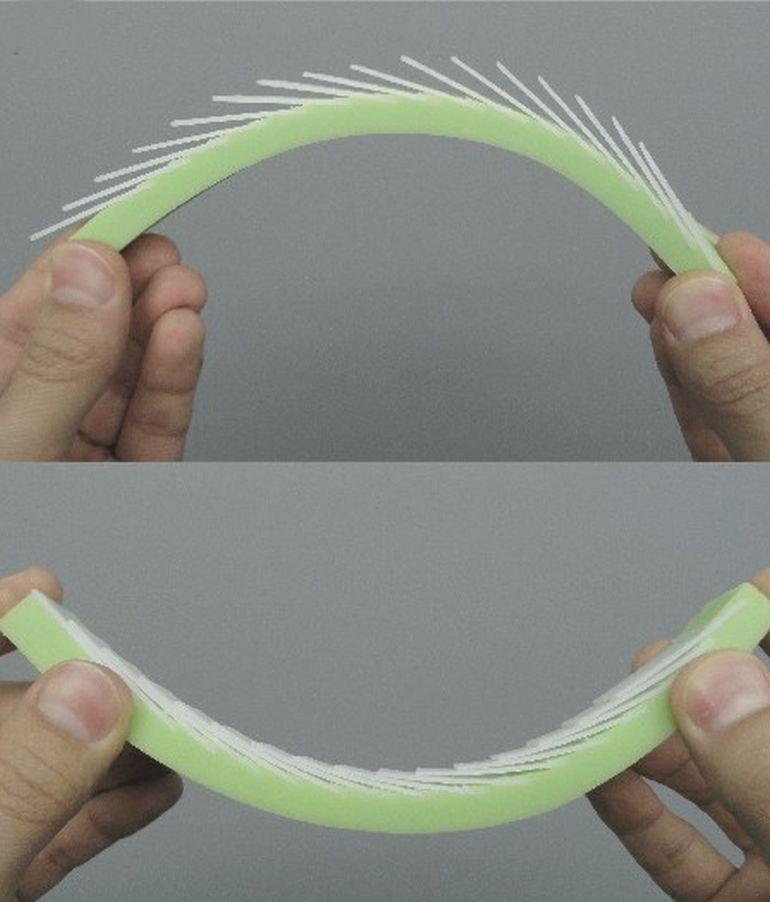Probably one of the first things that we learn about animals and insects is how adaptive they are to their environments. The animal that taught me this lesson well was the color- changing chameleon, which I understood at a very young age has a much better chance of living in the wild due to its ability to change colors and blend into the scenery. Another incredible adaptive animal and insect feature is the development of protective scales that provide insulation, and serve as a camouflage to ward off predators. In fact, animal scale functioning is so impressive that recently “dermal modification” — or the adaptive properties of animal skins — has inspired the scientific development of human armor using 3D printing.

Take the armadillo, which is one of the most obvious examples of a well armored animal: its name is from the Spanish “little armored one.” Other examples include fish, lizards, alligators, snakes, and even butterflies. In a project funded by the National Science Foundation and the Qatar Foundation, Northeastern University College of Engineering scientists are studying a variety of animal and insect scale functions — fish (protection), snakes (mobility), and butterflies (coloration) — to combine them into one optimal protective, strong, and still flexible system of human armor.
It can’t be emphasized enough how central 3D printing is to this project’s overall vision. 3D printing has allowed the team to already print fish scales based on the principle of “biomimicry” which holds that humans have much to learn from nature’s time-tested adaptive features, patterns, and survival strategies. In a recently published article titled “Contact Kinematics of Biomimetic Scales” in Applied Physics Letters, the Northeastern researchers summarize this research. The team, led by Ashkan Vaziri, came to some interesting findings.
Ranajay Ghosh, a researcher on this project, explains why their research is different than previous research on animal and insect scales. Before, Ghosh explains, researchers focused on the scales, while this new research focuses on the mutual contact between scales and the softer substrate that holds them — leading scientists to more completely understand the constitution of entire scale systems. As Ghosh says:
“The next generation of armor systems are light, perform a lot of functions, and at the same time do not compromise on protection. And nature provides very important information in terms of armor development. This is very different from what people have been working on before, which is focusing on the very nature of the scales themselves, how they will behave, and whether they break easily or not. Here, our focus is simply the effect of simple scales and their mutual contact and interaction with the soft substrate.”
3D printed models based on fish scales are the first to be developed by the team. The scientists have learned that embedding the scales in certain places on the soft substrate makes the substrate rigid instead of flexible; for the purpose of developing flexible armor, it appears that scale placement is one key factor. Another is how much stiffer the scale material has to be than the substrate in order to maintain flexibility.
“We found that as long as the scale material is at least an order of magnitude stiffer than the skin material, perceptible benefits can begin to accrue,” noted Ghosh.
The ability to study the interaction of different scale and substrate combinations is key here because it will allow the scientists to ultimately locate a “deeper underlying principle” about scale properties. The flexibility and variety of 3D printing materials allows the scientists to synthesize “what nature could not do because we have more flexibility with the materials we use.”
As the research advances, 3D printing (along with nano-fabrication) will continue to play a central role as scientists strive to achieve a perfect combination of various animal and insect scale properties for human armor development.
What do you think about this high-tech innovation from nature itself? Let us know in the 3D Printed Armor Based on Animals’ Scales forum thread over at 3DPB.com.

Read more: http://3dprint.com/46374/scale-inspire-3d-printed-armor/
Note: Materials may be edited for content and length. For further information, please contact the source cited above.
Copyright © 2024 International Society of Bionic Engineering All Rights Reserved
吉ICP备11002416号-1











